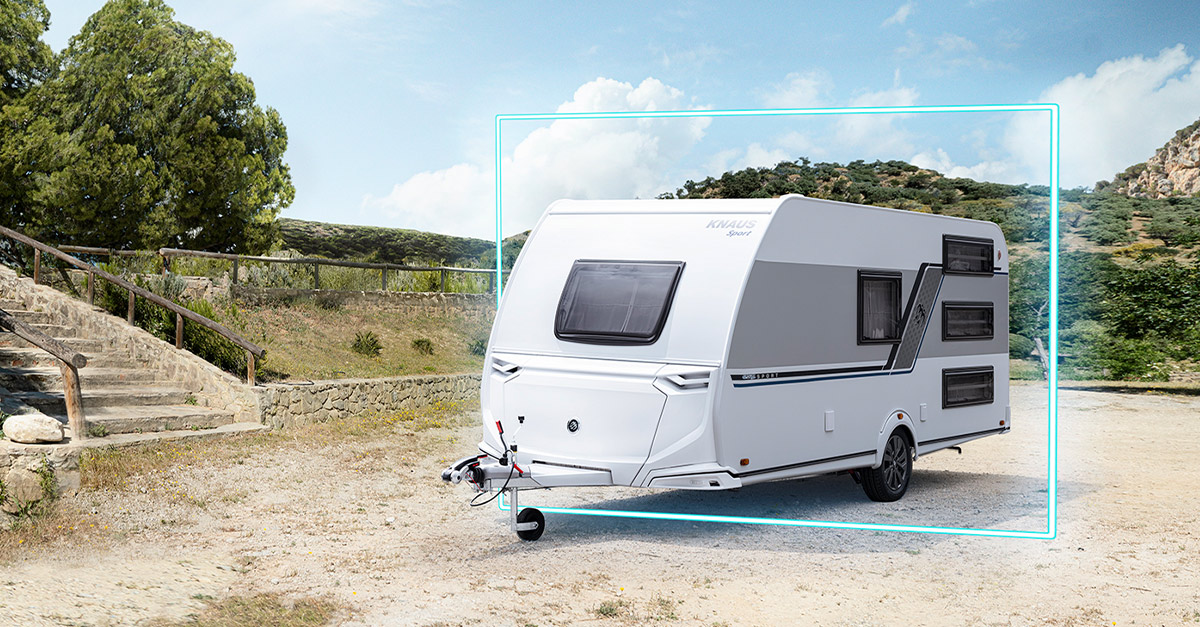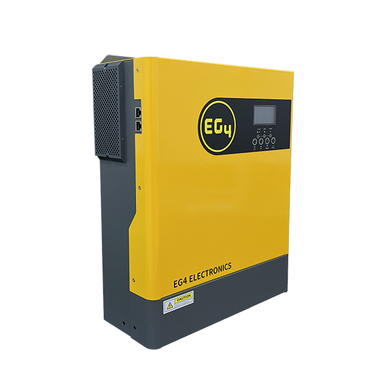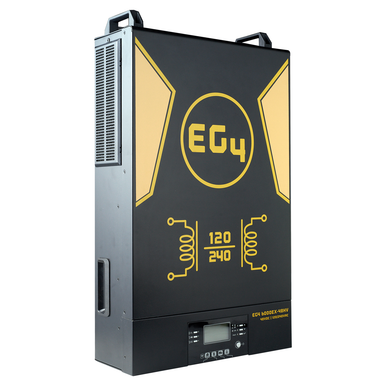Some background.. I'm planning on purchasing a Knaus E-Power camping trailer. I don't have it yet, but I'm planning my options in advance.


www.knaus.com
They are all electric, there is no LPG equipment. I think it also doesn't have any battery, 12V is supposed to come from car. With 12V only fridge, water and lighting works. For the heating/cooling or induction hob you need external 230VAC. They sell a separate Einhell 6Ah Lithium pack for the 12V side, but even that only lasts for one night.
Hyundai/Kia EV folk are using these by simply hooking the trailer to the car's 230V output when parked. Those cars have V2L (vehicle to load) outlet directly on side of the car, just plug the cable in and you have 3700W of power available! Sucks that Tesla doesn't have this.
So, I guess the options are:
1) Buy Kia.

2) Install some beefy (1500-2000W) inverter to my Model X, directly to the battery or DCDC converter. Then the problem is, how to get the 230VAC output cleanly outside of the car? Really can't leave the frunk open in case it rains or something.
3) Instead of inverter in Tesla, simply route +12V using some heavy duty cable to the trailer and have the inverter there. Again the problem; where to safely route the cable.
4) Install a 12V battery to the trailer, together with inverter. Then charge that battery from car, through the regular trailer connector. I assume you can safely draw something like 10A or 15A.
I'm currently thinking maybe 4) is the wisest choice as it requires no changes to the car and would work equally well on any other car, even ICE. The european 13pin trailer connector has both permanent and switched +12V available. I guess for Tesla you would want permanent and for ICE use the switched supply..







